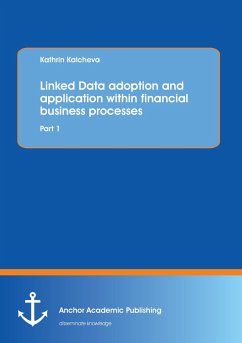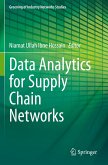This book is the first part of a two book series. It is based on a combination of Finance and IT. More precisely, it applies the concept of Linked Data (hence LD), which originates from the IT landscape, to the specifics of the financial world. LD is a new concept for efficient handling of data, which could be used for dealing with a complex data set and data structures, as well as Big Data. The focus of this book is on the adoption of LD and its application within financial business processes.
First, LD is briefly explained and framed in the context of the financial services domain.
Second, modeling the determinants of LD adoption needed a clear statement over its advantages and disadvantages, amongst others within the financial domain. Despite the high interest towards the LD concept, no such overview existed before this work.
Fourth, the model on LD adoption is applied to business (financial) reporting, illustrated with the XBRL case.
Finally, semi-structured interviews with financial experts reconfirm and extend the findings. The main potentials are described in detail.
First, LD is briefly explained and framed in the context of the financial services domain.
Second, modeling the determinants of LD adoption needed a clear statement over its advantages and disadvantages, amongst others within the financial domain. Despite the high interest towards the LD concept, no such overview existed before this work.
Fourth, the model on LD adoption is applied to business (financial) reporting, illustrated with the XBRL case.
Finally, semi-structured interviews with financial experts reconfirm and extend the findings. The main potentials are described in detail.








